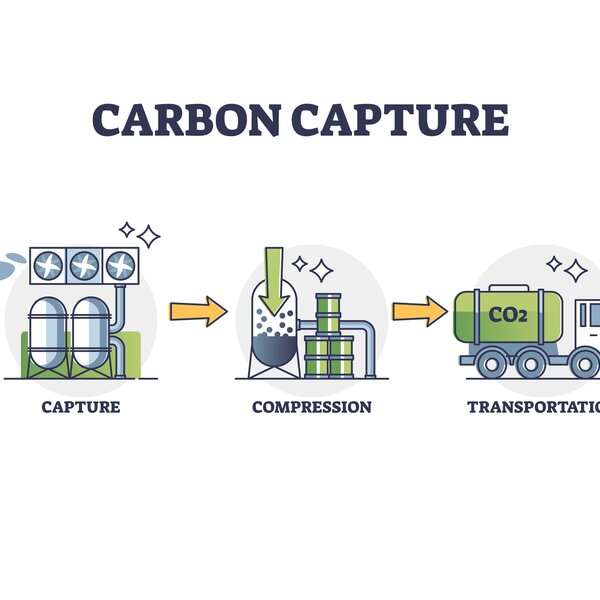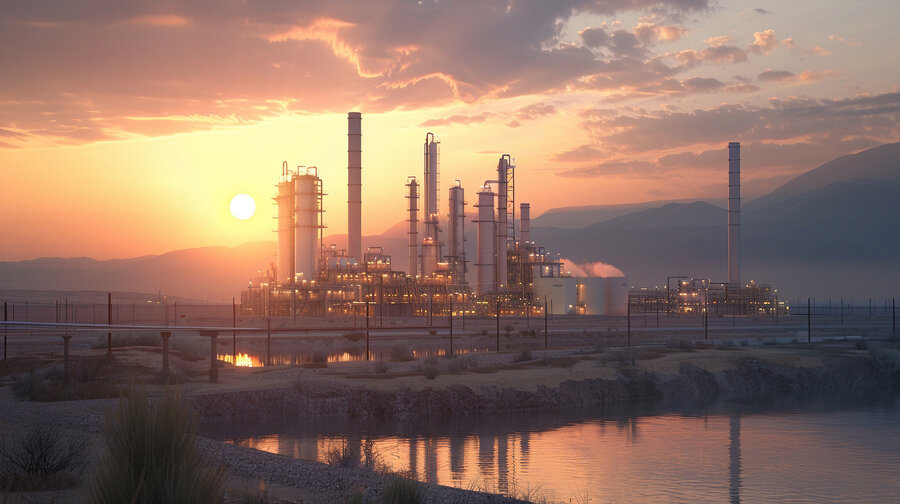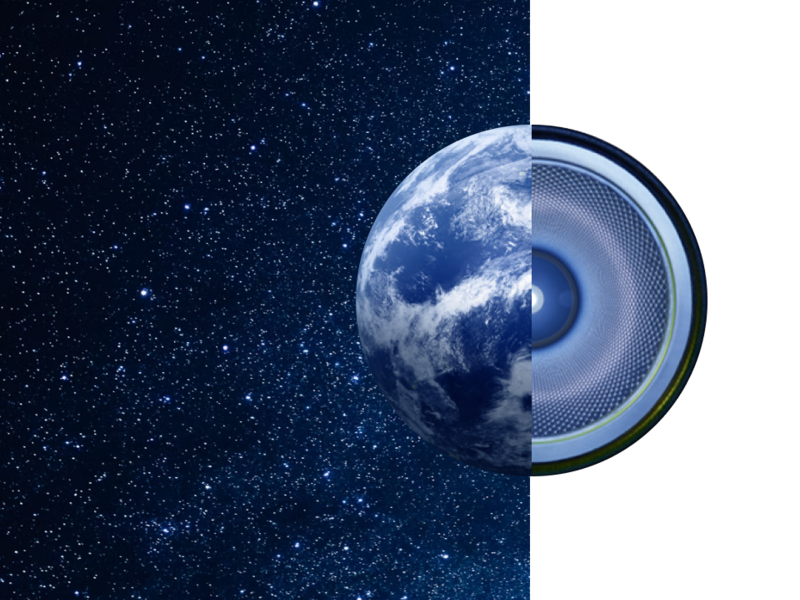To achieve our climate targets, we need to reduce our emissions to as close to zero as possible. But that alone is not enough. In fact, we need to actively remove CO₂ from the atmosphere. Impossible? Not at all! Because with technology such as Capture and Utilization (CCU) or Direct Air Capture (DAC), we can capture CO₂ and convert it for reuse in numerous applications.
Too good to be true? No, absolutely possible and urgently needed. With Key technologies such as Carbon Capture and Utilization (CCU) and Direct Air Capture (DAC) we can protect our environment and open up economic opportunities at the same time. But what is behind these terms and how can they contribute to a sustainable future?
What is Carbon Capture and Utilization (CCU)?
Carbon Capture and Utilization (CCU) refers to the process of capturing CO₂ from the air and reusing it for at least one more use cycle instead of releasing it into the atmosphere. This often refers to industrial sources such as the production of steel, cement or chemicals, but not only.

This is also the big difference to carbon capture and storage (CCS), where the CO2 is simply stored in the ground. With CCU, the captured CO₂ can be used directly or indirectly in fuels, plastics or even building materials after processing and possible transportation. This turns a harmful waste product into a valuable raw material. This not only reduces CO₂ emissions, but also creates new economic opportunities.
What is Direct Air Capture (DAC)?
Direct Air Capture (DAC) goes one step further. This technology removes CO₂ directly from the atmosphere. Special machines draw in air and filter out the CO₂. This can then either be stored or reused.

The benefits for the environment
Carbon Capture and Utilization (CCU) and Direct Air Capture (DAC) technologies offer significant environmental benefits by removing CO₂ from the atmosphere and using it as a valuable resource.
Reduction of CO₂ emissions
The most obvious benefit of CCU and DAC is the reduction of CO₂ emissions. By capturing and using CO₂ or storing it safely, we prevent it from contributing to global warming.
Improving air quality
Less CO₂ in the atmosphere means cleaner air. This can lead to better air quality and therefore a higher quality of life, especially in urban areas.
Promoting the circular economy
Using CO₂ as a resource promotes the circular economy. Instead of constantly extracting new raw materials, we use existing resources more efficiently.
Economic benefits
In addition to environmental benefits, CCU and DAC technologies also offer some economic opportunities.
Creation of new industries
The development and implementation of CCU and DAC technologies creates new jobs and promotes the growth of new industries. From research and development to production and maintenance, the opportunities are many.
Cost savings
By using previously captured CO₂ instead of purchased CO₂ in production processes, companies can save costs in the long term. They could also benefit from government subsidies and incentives that support the use of environmentally friendly technologies.
Increasing competitiveness
Companies that adopt CCU and DAC at an early stage position themselves as pioneers in a sustainable economy. This can give them a competitive advantage and open up new markets.
A look into the future
CCU and DAC are not just technologies of the future - they are already a reality today. Numerous pilot projects and initial commercial applications demonstrate the potential of these innovative approaches. However, it is crucial for a sustainable planet that we continue to develop these technologies and implement them on a large scale.
As an international filtration specialist and manufacturer, we at Hengst Filtration see it as our task to make a contribution to this development. We are therefore proud to present the first CCU/DAC system for separating CO₂ from the air for subsequent use. We would now like to further develop these technologies with partners from the industry in an application-oriented manner in order to jointly shape a cleaner, greener and economically strong future - in line with our corporate vision of "purifying our planet".
It is up to all of us to support and use these technologies to secure a sustainable future
Interessiert? Dann nehmen Sie gerne Kontakt zu uns auf!


